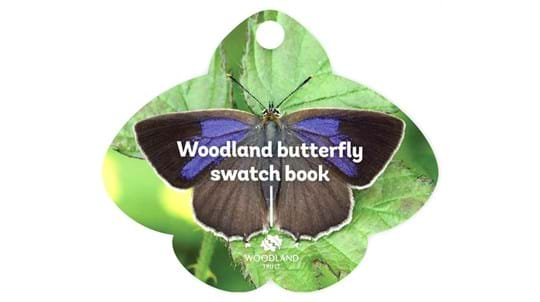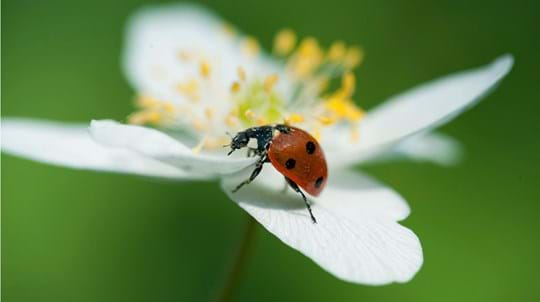
Credit: Ian Johnston / Alamy Stock Photo
What do speckled wood butterflies eat?
Speckled wood butterflies are active during the day and feed on aphid honeydew, a sugary liquid excreted by small insects when they feed on plants. They also feed on flowers and fruits when aphid activity is low.
Their caterpillars feed on false brome, Yorkshire fog grass and other grasses.








